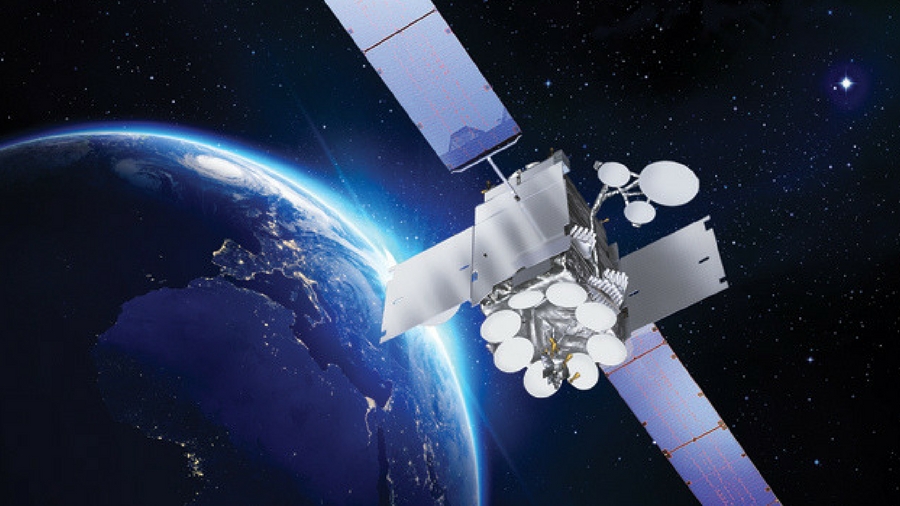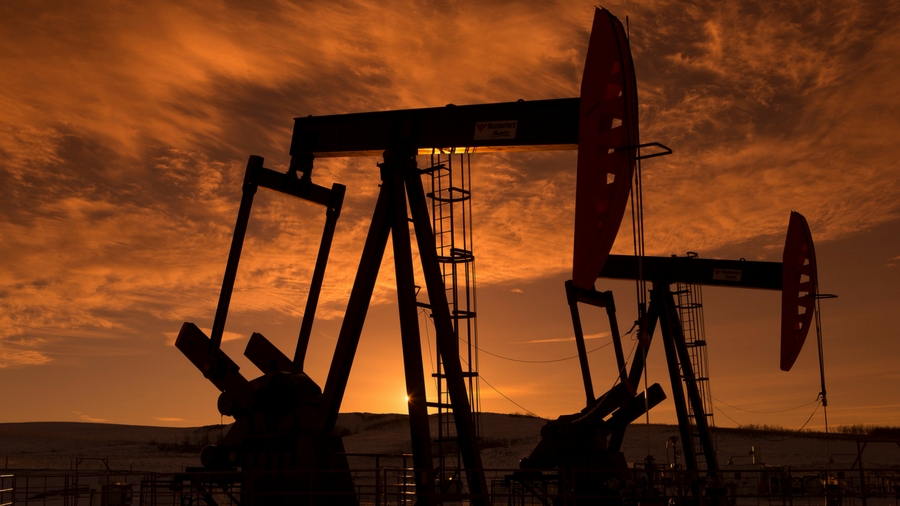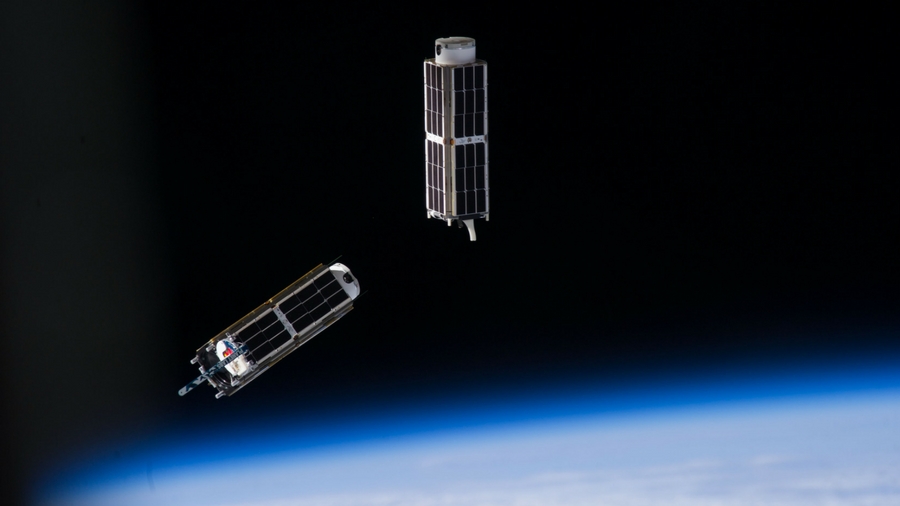Why the internet of things needs eyes in the skies
The IoT’s infrastructure is slowly being sent into orbit

What is Inmarsat?
Similar global coverage is achieved by Inmarsat, but the hardware and service is very different. Inmarsat has 11 higher-power satellites in geostationary orbits exactly 22,236 miles above specific points on Earth. They have much higher capacity than Iridium hardware, but there is a bigger latency – the time it takes for data to travel between the satellite and the receiver – due to the much greater physical distances the data has to cover.
Does this matter to IoT applications? Only if projects need time-critical data links (most do not), but there are other considerations. "Devices on the ground must have higher transmit powers for the greater transmit distance, meaning a greater power requirement," says Traherne, who also explains that those devices on the ground must typically orientate their antennas towards GEO satellites.
"The Inmarsat network is in a fixed position, so once you've got a connection it doesn't change – you can forget about it," says Gudonis. "Whereas Iridium specialises in small-burst data, Inmarsat is more focused on high data so we're more suitable for sensor aggregation where there's a higher data requirement."

A global IoT network?
Inmarsat recently revealed that it and LPWAN provider Actility have created the first global IoT network on the LoRaWAN specification to connect low-cost, battery-operated sensors over long distances – and in harsh environments like farms, on oil and gas platforms, and in mines.
"We resell each other's technology to provide connectivity in places like the Northern Territory in Australia for agriculture and mining projects," says Peter Hogewoning, Regional Sales Director APAC, Actility. The tech is now being used to track cattle around remote ranches, to monitor water levels in reservoirs, soil moisture on plantations in Malaysia, and to identify potential failure points on oil platforms to minimise downtime.
Global asset tracking is also a flourishing area. "With connectivity from Inmarsat we can even put a gateway on a container ship and follow it – and everything on board – around the world," Hogewoning notes. "Satellite is becoming really important for the IoT."
Both Iridium and Inmarsat are often used as the backhaul element in IoT projects that track endangered wildlife as part of IoT projects, though details are scant – such projects are top secret to avoid revealing the locations of the animals to poachers.
Are you a pro? Subscribe to our newsletter
Sign up to the TechRadar Pro newsletter to get all the top news, opinion, features and guidance your business needs to succeed!
Is satellite too expensive for the IoT?
It's more expensive than any other form of connectivity, so it’s mostly used for high-value assets and government projects. However, that's about to change dramatically. "What I think is going to be the biggest impact on the satellite industry is the general change in the economics," says Gudonis. "The days of a very high cost-per-megabyte and cost-per-minute are gone, and we need to look at new ways to drive our business."
The technological revolution in rocket launches is critical in all of this. “SpaceX is bringing down the cost of launching satellites because it can reuse some of the launches, so we'll soon see the cost of using satellite services reduce significantly,” he adds. “It's going to dramatically change."

What about cube-sats?
Although its network relies on 11 huge satellites which are 22,000 miles from Earth, Inmarsat is also looking at creating an IoT network that would orbit much closer to the planet. Though it hasn’t used SpaceX for any launches so far, Inmarsat is working with SpaceX on exploring a future of cube-sats. It's something SpaceX – and OneWeb – are looking into as regards 'space internet' for people, not things. But Inmarsat is thinking specifically about the IoT.
"Small, low-cost satellites in orbit could be used for IoT sensor aggregation points, rather than having devices on the ground," says Gudonis, who explains that the most expensive thing in an IoT deployment for LPWAN isn't the sensors, but the base station.
"If you could put only sensors out on the ground, and then aggregate their data in space, that would change the types of applications we could look at," he observes. "You could then track anything as it moves without the need for multiple expensive base stations on land, at sea or on a plane – what amazes me is the insane expanse of different applications we can look at for satellite and the IoT."
- But what if the internet of things simply 'fails'?
Jamie is a freelance tech, travel and space journalist based in the UK. He’s been writing regularly for Techradar since it was launched in 2008 and also writes regularly for Forbes, The Telegraph, the South China Morning Post, Sky & Telescope and the Sky At Night magazine as well as other Future titles T3, Digital Camera World, All About Space and Space.com. He also edits two of his own websites, TravGear.com and WhenIsTheNextEclipse.com that reflect his obsession with travel gear and solar eclipse travel. He is the author of A Stargazing Program For Beginners (Springer, 2015),
